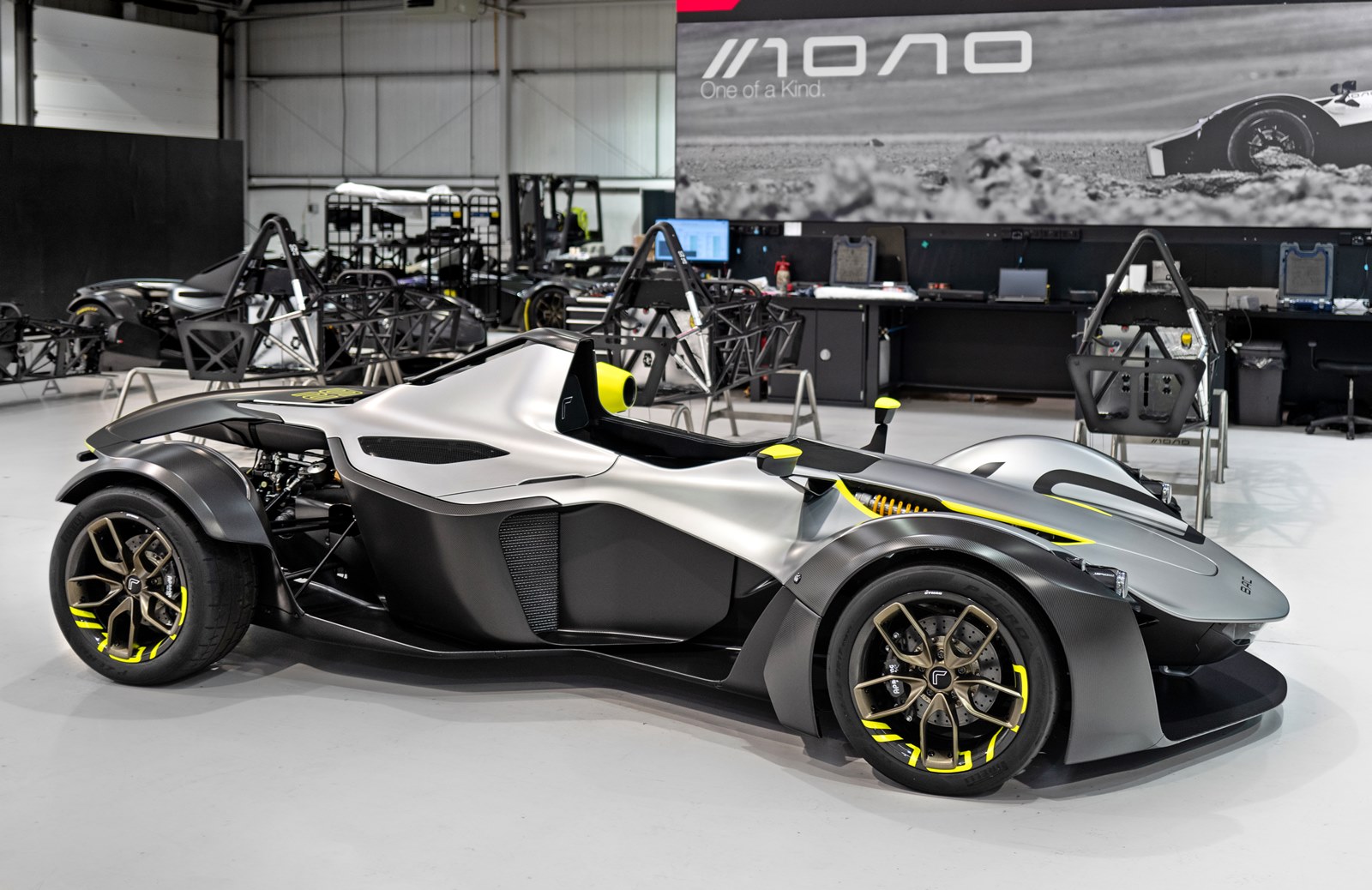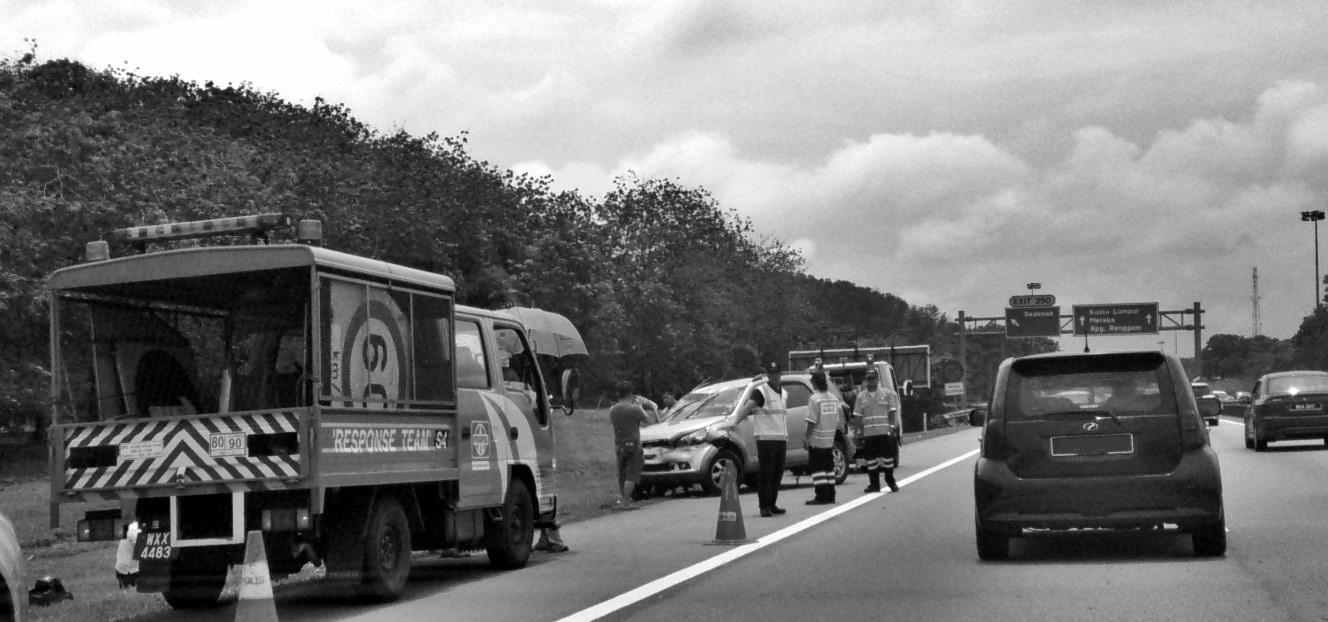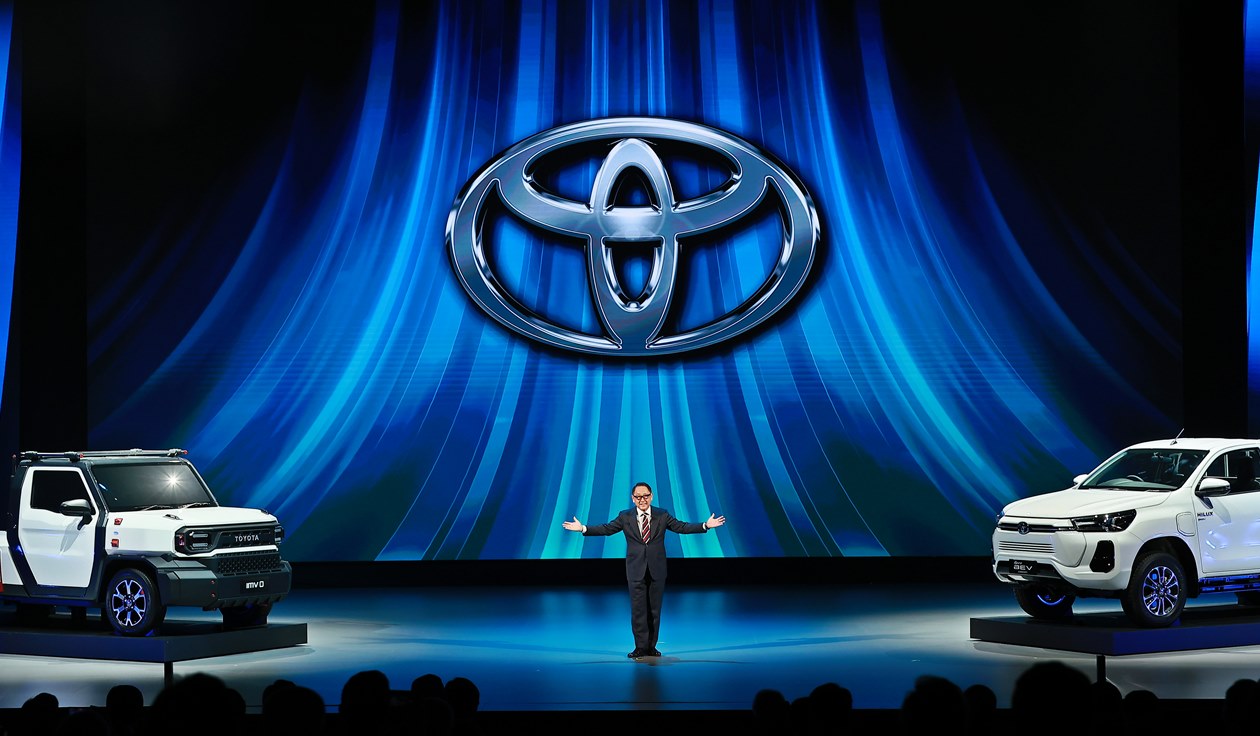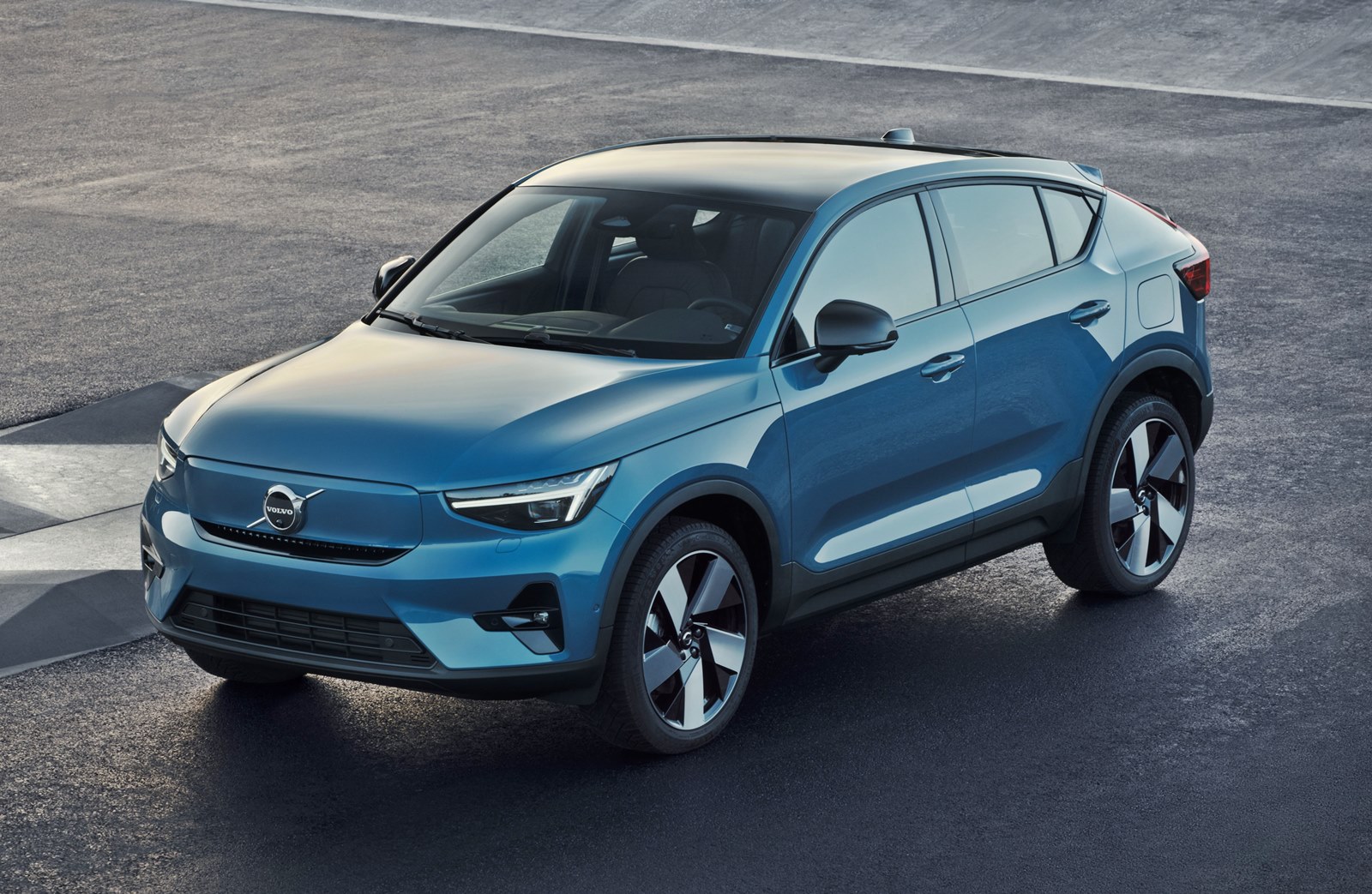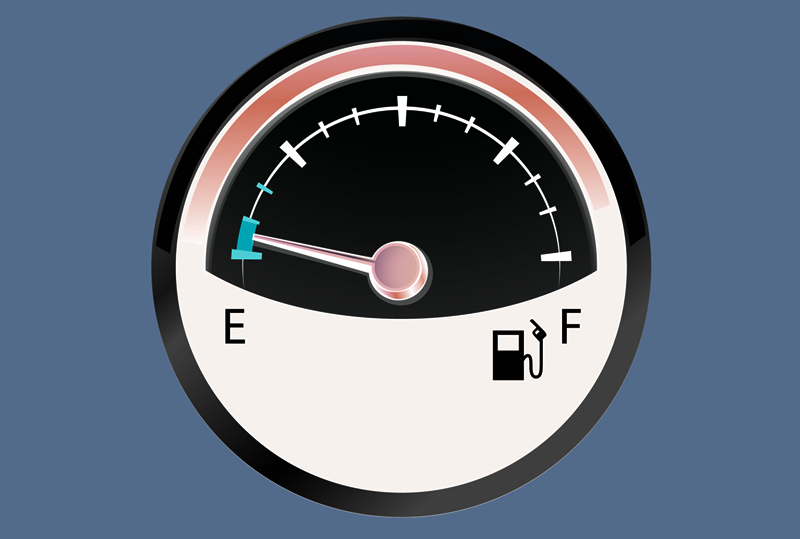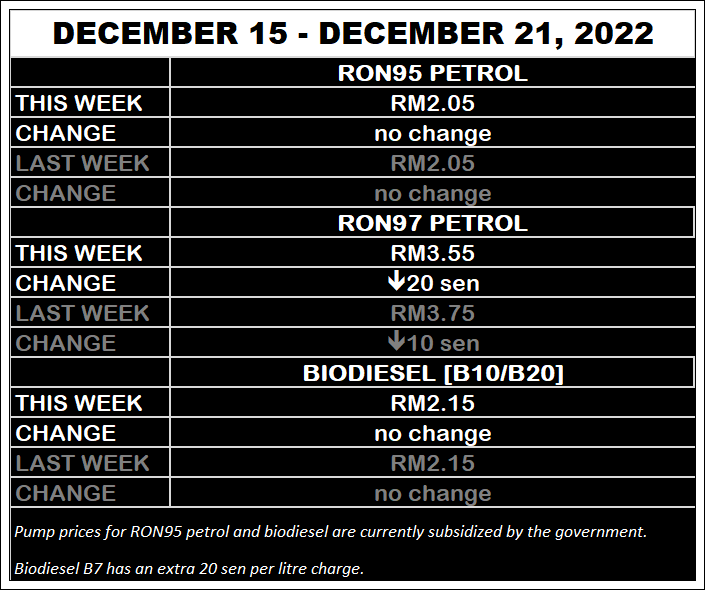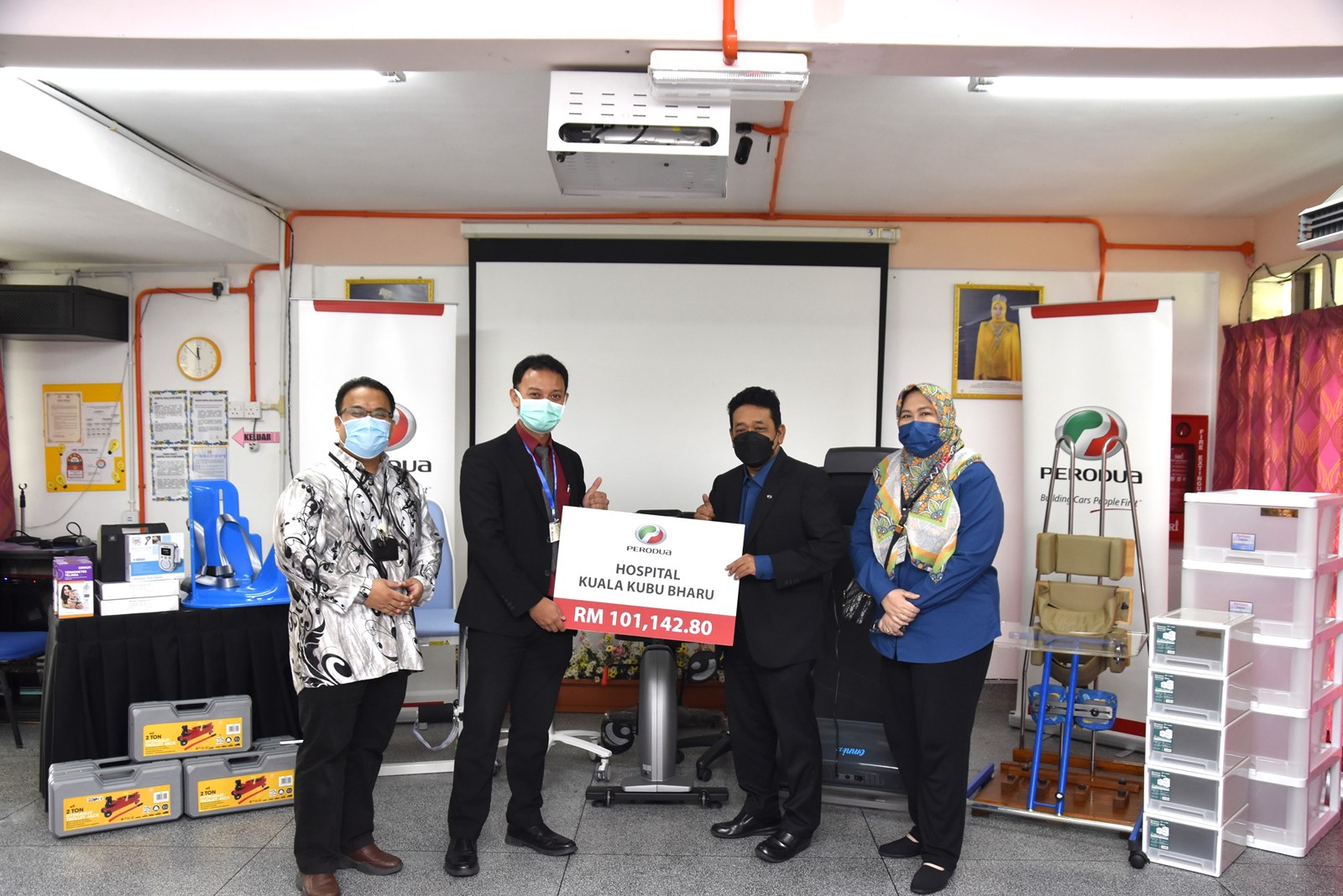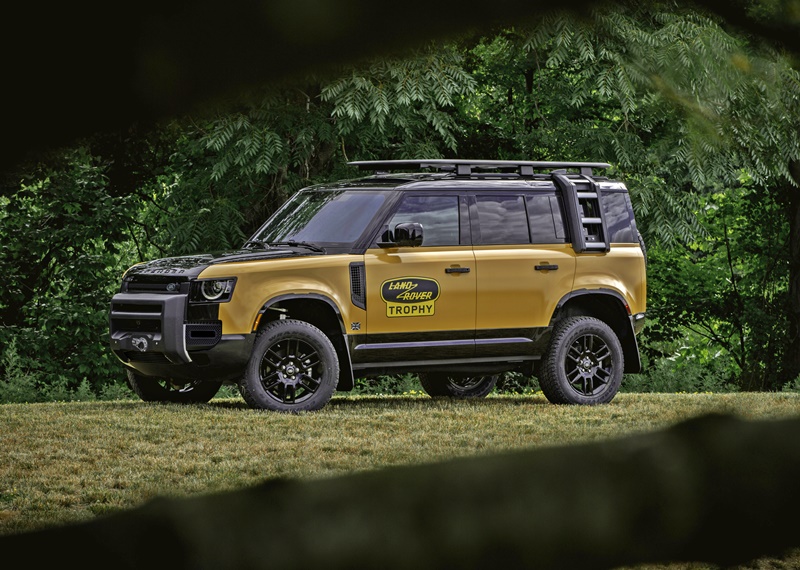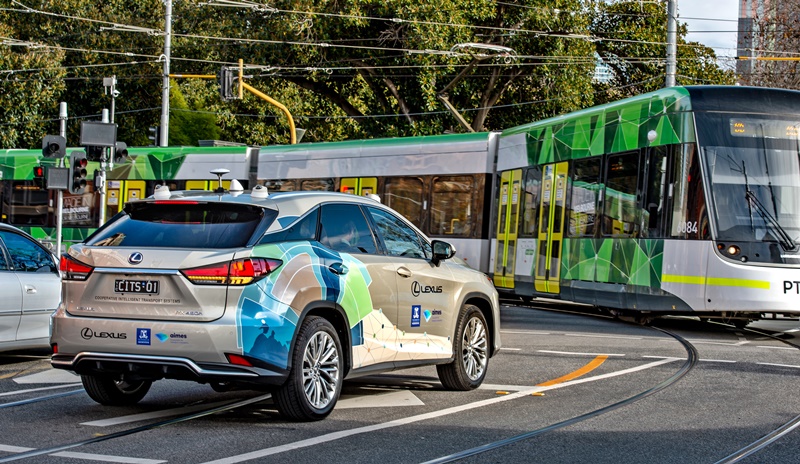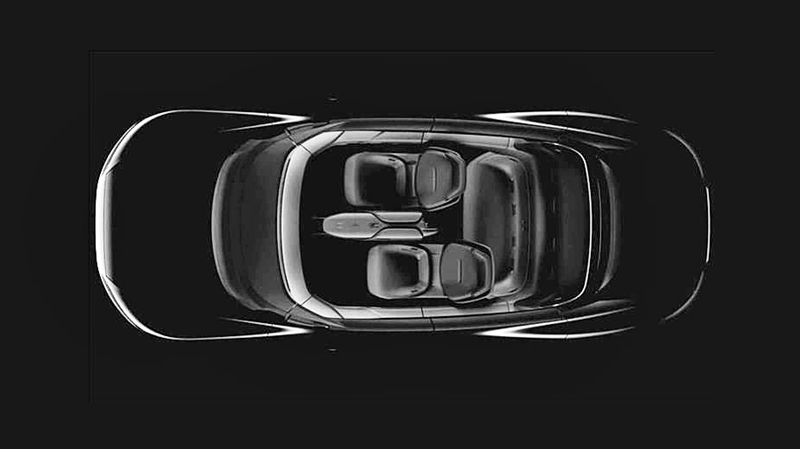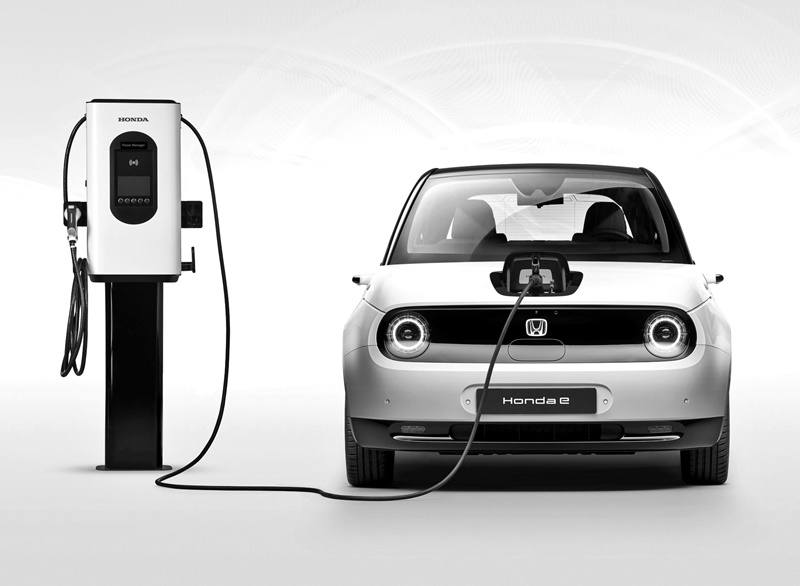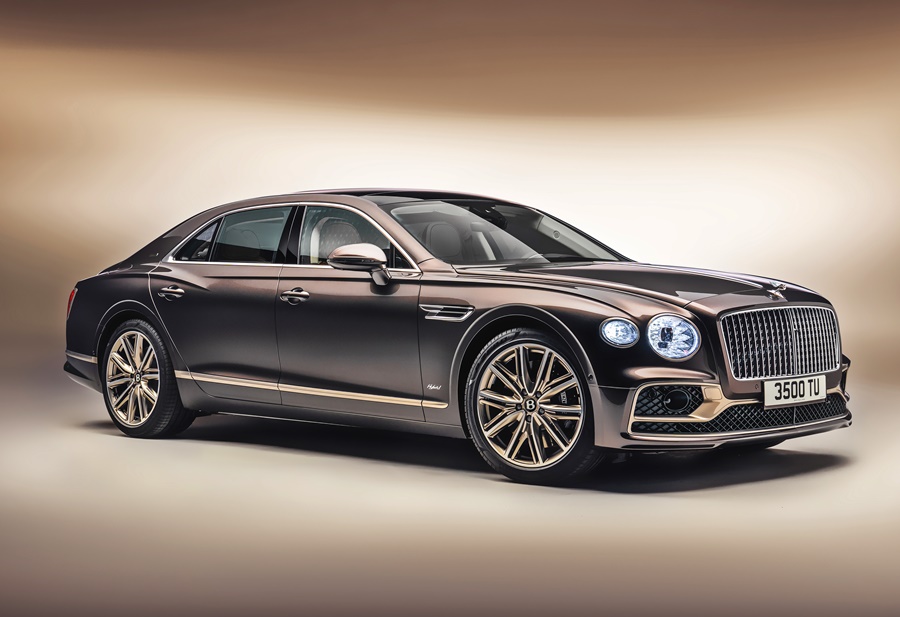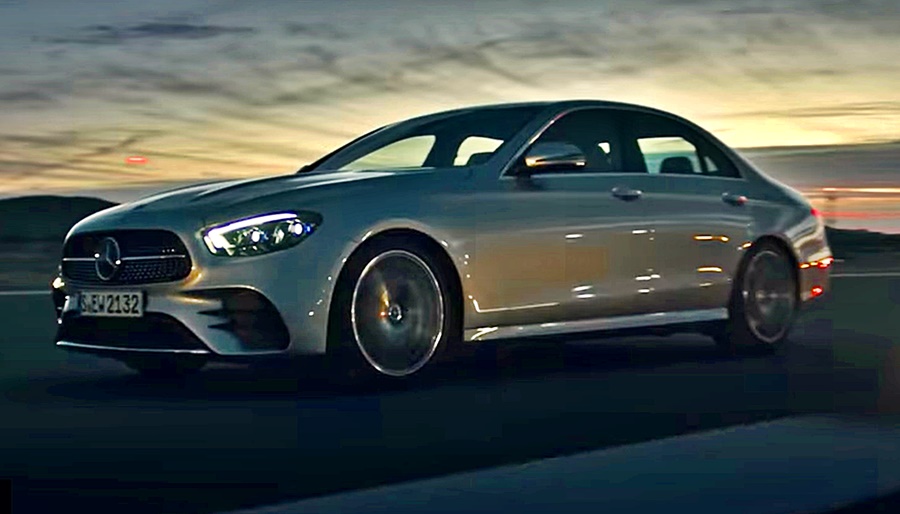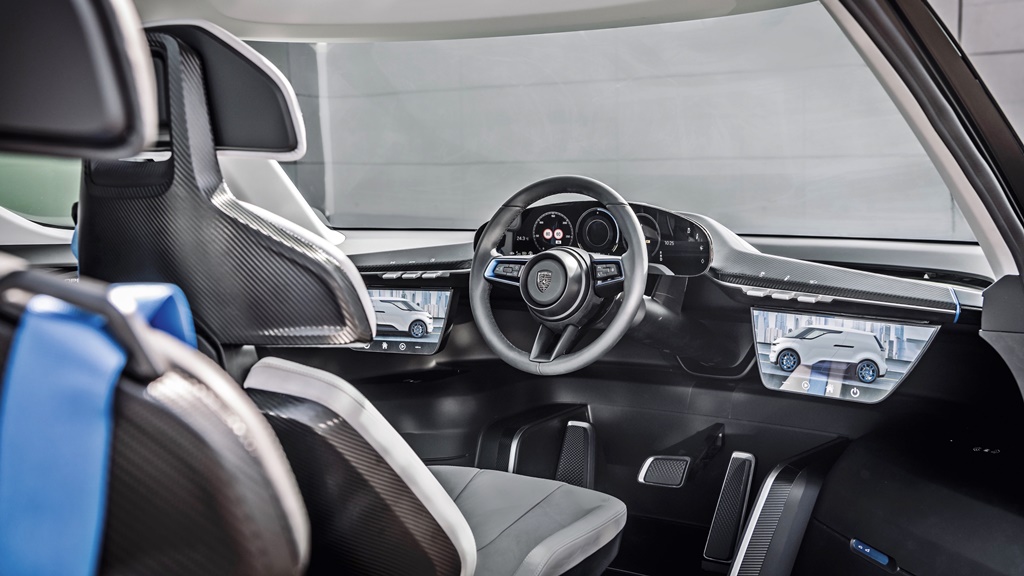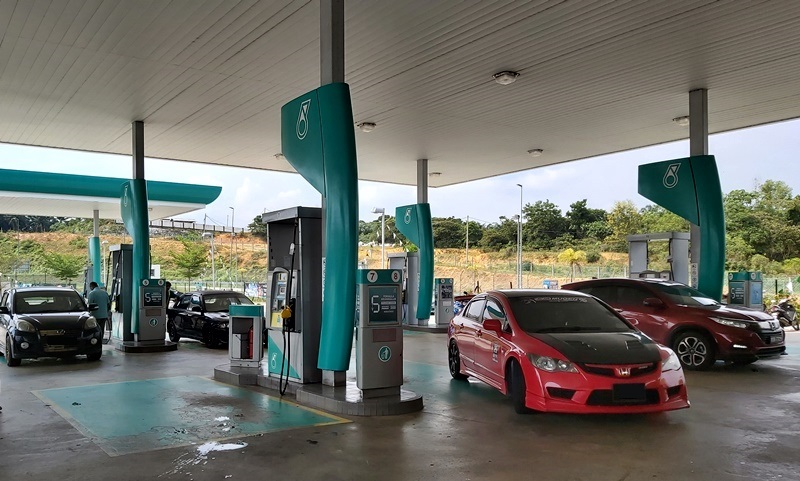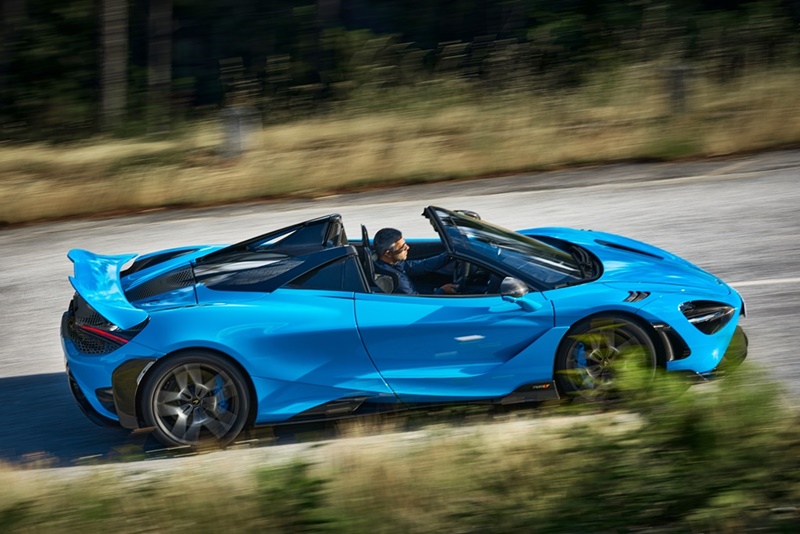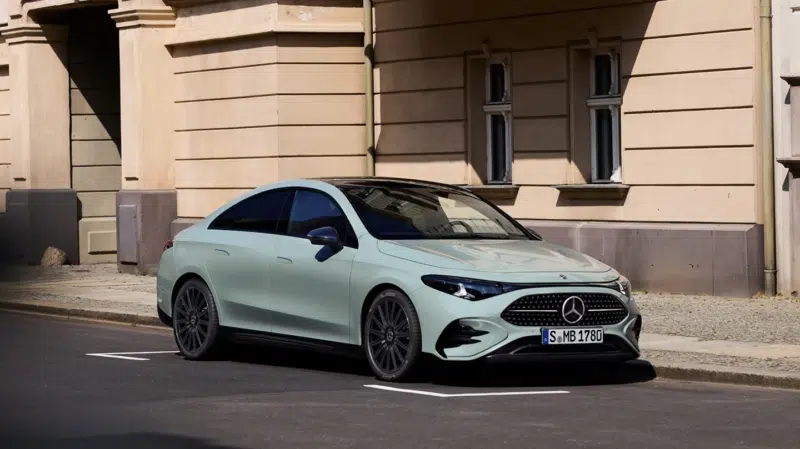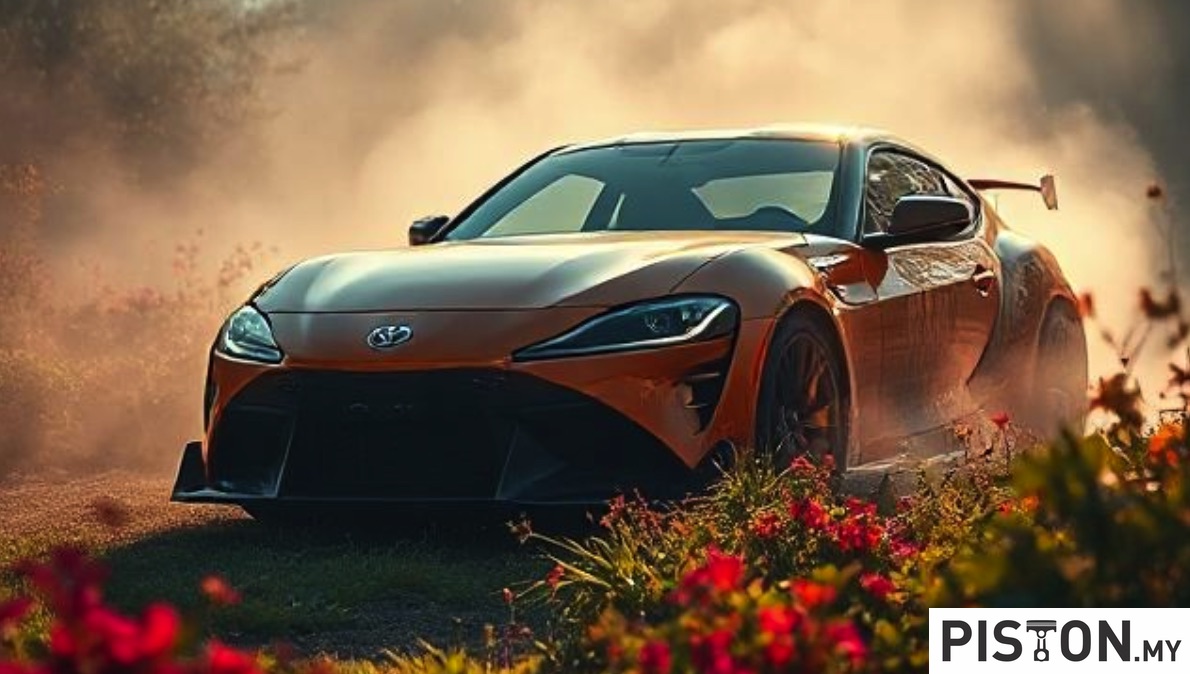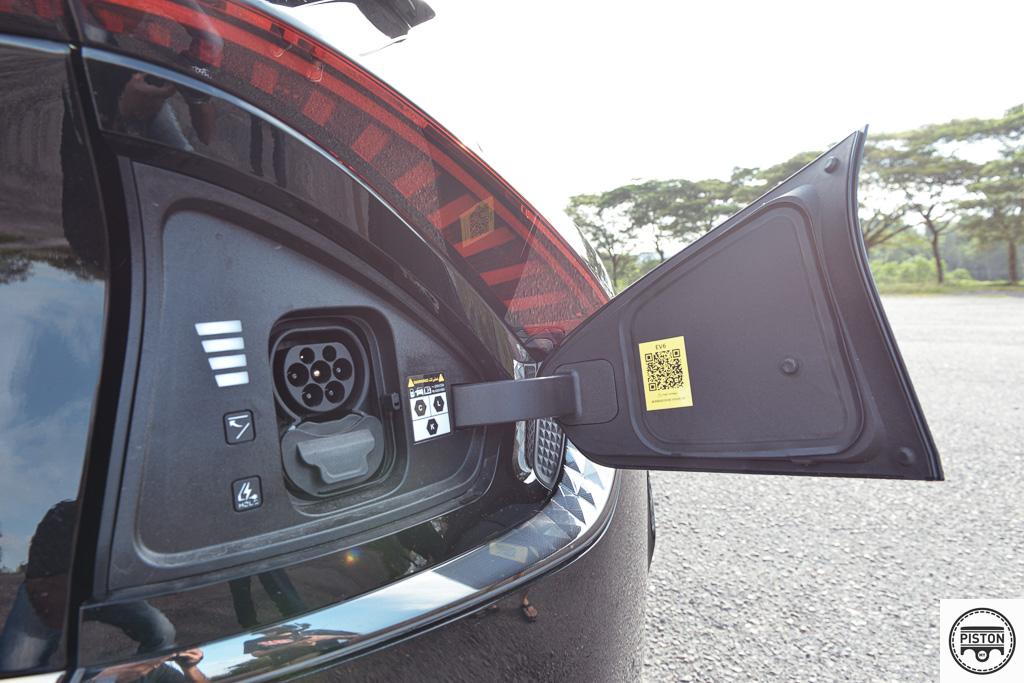Briggs Automotive Company (BAC), a specialist carmaker, has delivered its 150th vehicle, a Mono R model which was commissioned by Hong Kong-based financier Julien Begasse de Dhaem. It is the 29th elite Mono R model that the British company has hand-built at its factory in Liverpool, England.
BAC exports 80% of the cars it produces to over 45 different countries across 5 different continents. With the recent expansion of the company’s retail network to incorporate Germany, Singapore and Malaysia, BAC has rapidly scaled its global footprint and presence worldwide.
“We remain proudly British while embracing our transition to a truly global enterprise and family. Mono #150 stands testament to our passionate global customers, loyal workforce, world-leading suppliers and dedicated global retail network,” said BAC Co-Founder and Director of Product Development Neill Briggs.
(more…)


